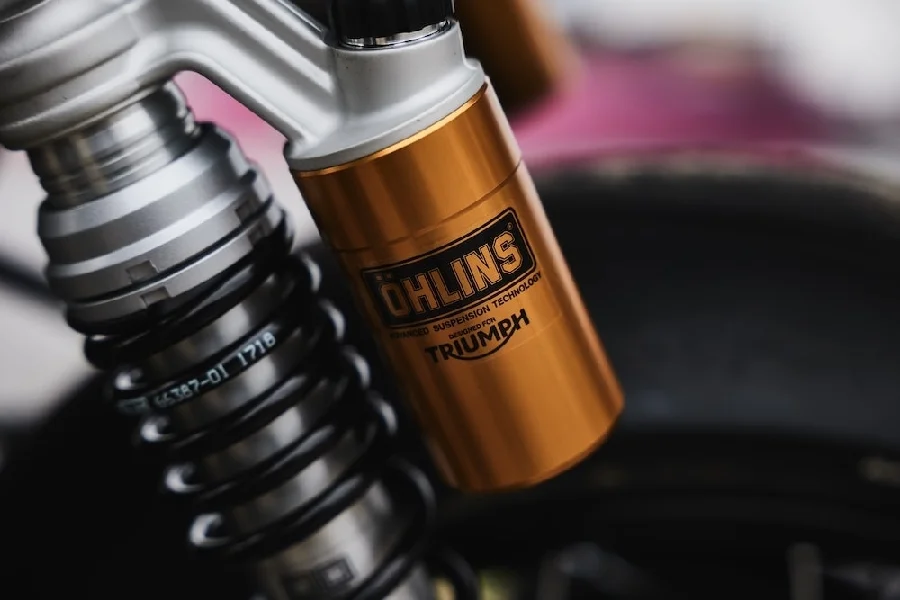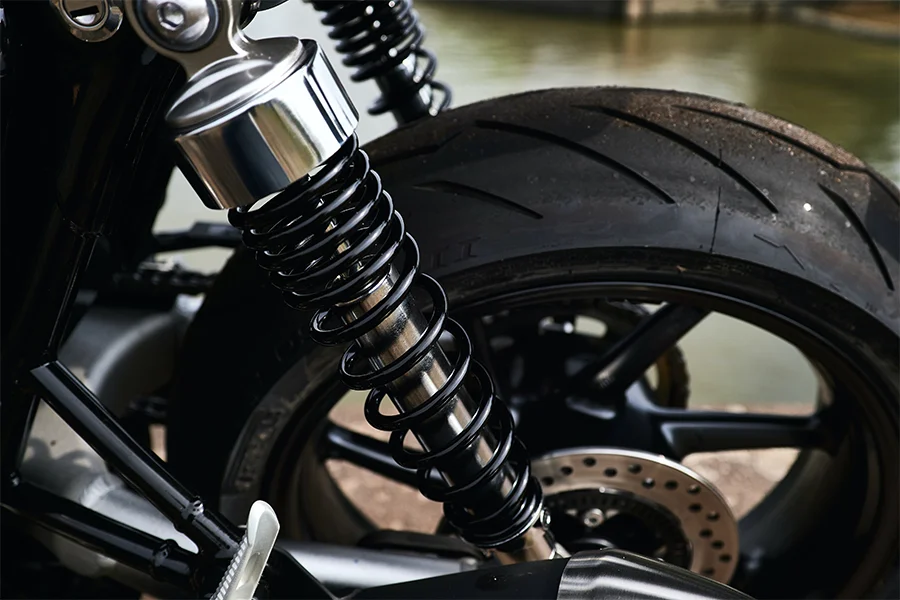Shock absorbers are mechanical or hydraulic devices that absorb and dampen shock impulses, and a faulty one can cause several dangers to a vehicle. These components are critical because they convert the kinetic energy from shock into other forms before dissipation. Shock absorbers are commonly used in vehicles to smooth out bumps and vibrations and improve ride quality, particularly in the suspension system.
Faulty shock absorbers can easily spoil a rider’s experience, hence businesses must ensure the components are in excellent condition before making offers. This article will discuss how dealers and retailers can detect faulty shock absorbers before they cause irreversible damage.
Table of Contents
What are the symptoms of faulty shock absorbers?
What causes faulty shock absorbers in vehicles
How big is the shock absorber market?
Final words
What are the symptoms of faulty shock absorbers?
Extravagant swerving, bouncing, and diving
Driving past a bump causes a vehicle to bounce while trying to even the impact. However, continuous bouncing could be a symptom of a faulty shock absorber. Shock absorbers have designs that moderate a vehicle’s suspension oscillation as it moves over rough or uneven ground.
Unnecessary diving when pressing the brake is a sign indicating there’s a faulty shock absorber. Also, any extra swerving when making a turn can point toward this problem.
Lengthy stopping distance
Stopping distance is the distance a vehicle travels from the time the driver applies the brakes till it stops completely.
Unfortunately, a faulty shock absorber may make the stopping distance longer than necessary. The component helps keep the tires in contact with the road, which is critical for the braking system. But without this stability, drivers may find it difficult to stop the vehicle normally.
Any signs of longer stopping distances are an indicator that there may be a problem with a vehicle’s shock absorber.
Uneven tire wear
Although several problems, such as alignment problems, can cause uneven tire wear, this is another indicator that something may be wrong with the shock absorber. Faulty shock absorbers fail to keep tires on the road, allowing some parts to experience more contact than others, which leads to uneven tire wear.
In addition, shock absorbers come in handy in the alignment department. Tires can wear unevenly if a faulty shock absorber distorts the vehicle’s suspension alignment. For instance, a vehicle with a saggy front end will have more tire wear on the inside edges than the outside.
Steering wheel vibration
Slight vibration during driving isn’t a cause for alarm. Nevertheless, constant and excessive vibration when driving over a bump or even on smooth roads can be an indication of a faulty shock absorber. As earlier stated, shock absorbers control wheel oscillations in a vehicle. Too many of these oscillations will cause excessive steering wheel vibrations.

What causes faulty shock absorbers in vehicles
Excessive noise
Excessive noise is not the culprit of a faulty shock absorber. However, the noise coming from other components may indicate something else is wrong and may lead to shock failure. Noise like rattling or swishing could mean something is loose or there’s a leakage somewhere.
Businesses may need to employ the services of a professional mechanic to solve this problem. Ignoring it may cause additional damage to the shock absorbers and other suspension components.
Leakage
Leakage is one of the most common causes of shock absorber failure. Dirt and dust are common culprits of this issue. These sand particles can get into the shock absorber’s seals, damaging them and allowing the internal fluid to leak.
Physical defects

Components securing the shock absorber to the car will deteriorate over time, causing the item to loosen and become less efficient. Collisions and excessive rebounds may also cause physical harm and ultimately lead to shock absorber failure.
Other physical defects like holes and damage from poor installation will allow air to infiltrate the shock absorber’s hydraulic fluid, making it useless. Also, piston damage can cause shock absorber failure.
How big is the shock absorber market?

The global market for automotive shock absorbers is expected to reach around USD 21 billion by 2027, registering a compound annual growth rate (CAGR) of 4.72% between 2021 and 2027. This market is driven by factors such as increasing demand for vehicles and a shift in priority to vehicle safety and ride comfort improvement.
Experts predict this increasing need for vehicles will help boost the shock absorber segment’s expansion over the forecast period. In addition, Asia Pacific is expected to emerge as the dominant region as countries like China, India, and Japan dominate demand statistics. The Middle East and Africa also follow closely behind as disposable incomes increase and advanced suspension systems become more popular.
Final words
Faulty shock absorbers spell bad news for the vehicle and the driver. The component controls crucial aspects of a vehicle’s movement, making it critical for dealers and businesses to keep their products in perfect shape.
This article explored several things businesses can watch out for to avoid selling faulty shock absorbers or vehicles with one to consumers. Retailers must also take note of the three factors that can cause or indicate shock absorber failure.




